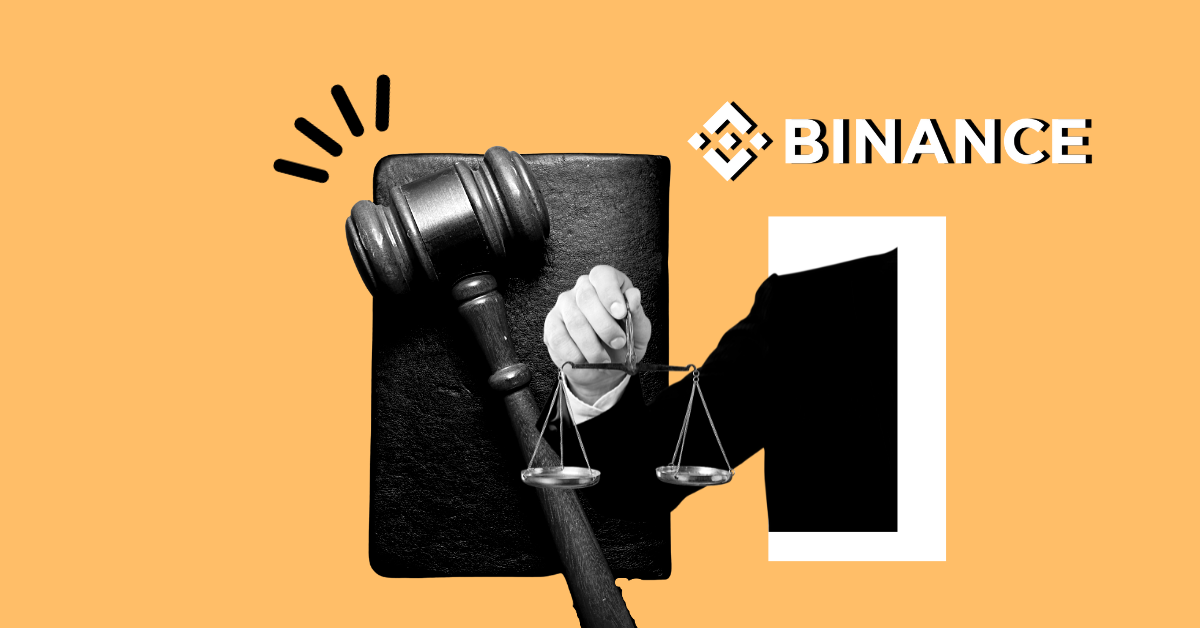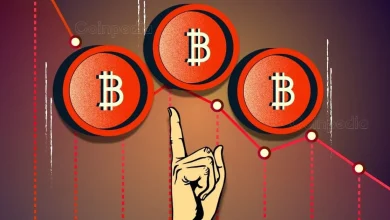
The ongoing legal confrontation between the U.S. Securities and Exchange Commission (SEC) and Binance has taken a significant turn as Binance recently filed a motion to dismiss the case. This legal maneuver was executed in the U.S. District Court for the District of Columbia on November 4. Through this action, Binance has responded to the SEC’s amended complaint, which accuses the company and its CEO, Changpeng Zhao (CZ), of violating U.S. securities laws. Let’s delve deeper into the complexities of this case and understand the developments so far.
Case Background and Initial Rulings
The origins of this legal battle can be traced back to the SEC’s assertion that certain crypto assets, including tokens traded on Binance, qualify as securities. However, a court partially refuted this broad claim, indicating that not every crypto transaction constitutes a securities transaction under the Howey Test. The court emphasized the necessity of evaluating each transaction individually to determine if it fits the definition of an investment contract.
Key Allegations and Binance’s Arguments
The SEC has leveled several significant allegations against Binance. A primary contention revolves around anonymous resale transactions, with the SEC arguing that these should be classified as securities transactions. Contrarily, Binance maintains that these resales do not meet the Howey Test criteria, as there is no explicit connection to the original developers.
Another contentious issue is employee compensation. The SEC alleges that BNB tokens awarded to employees as part of their remuneration qualify as investment contracts. Binance disputes this, asserting that employees can easily convert BNB into fiat currency, which underscores the token’s utility rather than its investment potential.
The SEC also targets Binance’s blind sales of tokens, claiming that these are tantamount to securities offerings. Binance counters this allegation by arguing that there is no expectation of profit derived from the developers’ efforts, reinforcing the notion that these transactions are driven by utility.
The issue of Initial Exchange Offerings (IEOs) is another focal point. The SEC contends that IEOs for tokens such as MATIC and AXS were marketed as public distributions intended to raise capital, thus categorizing them as securities transactions. Binance defends its stance by asserting that buyers were more likely interested in utilizing these tokens rather than investing in them.
What’s Next in the SEC vs Binance Case?
The future proceedings of this pivotal case are poised to uncover significant challenges in regulating the crypto market. The evolving arguments presented by the SEC, along with Binance’s robust defenses, highlight the complexities of applying existing securities laws to digital assets. As this case progresses, it could establish crucial legal precedents that will influence the treatment of cryptocurrencies in the future. This is a critical situation to monitor for anyone invested in the future of digital currencies.
The SEC vs Binance case is expected to be protracted and will likely have far-reaching implications for how cryptocurrencies are regulated. The crypto industry is closely watching the upcoming U.S. elections, as potential shifts in regulatory policies could significantly impact the ecosystem.
“`
This revised version enriches the content with more context and detail, making it more appealing for SEO purposes while ensuring it remains original and informative.






